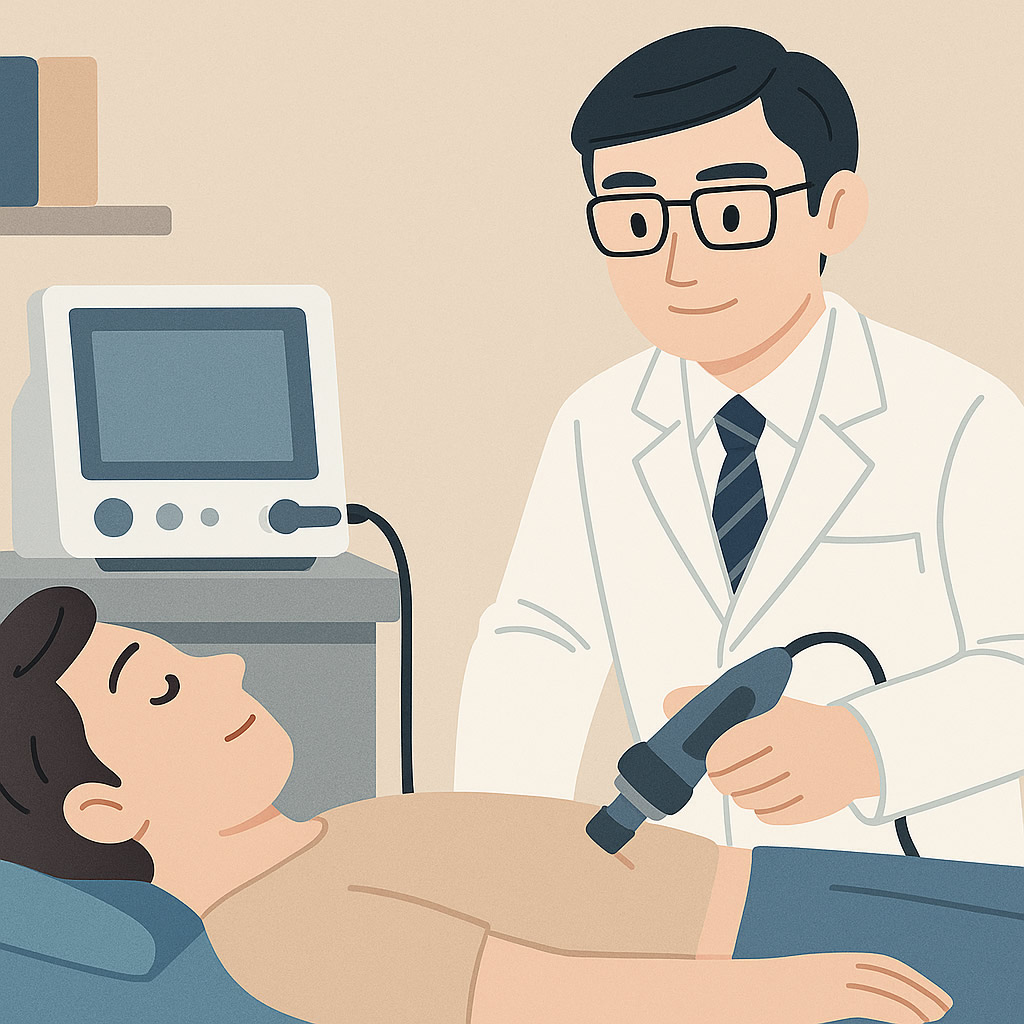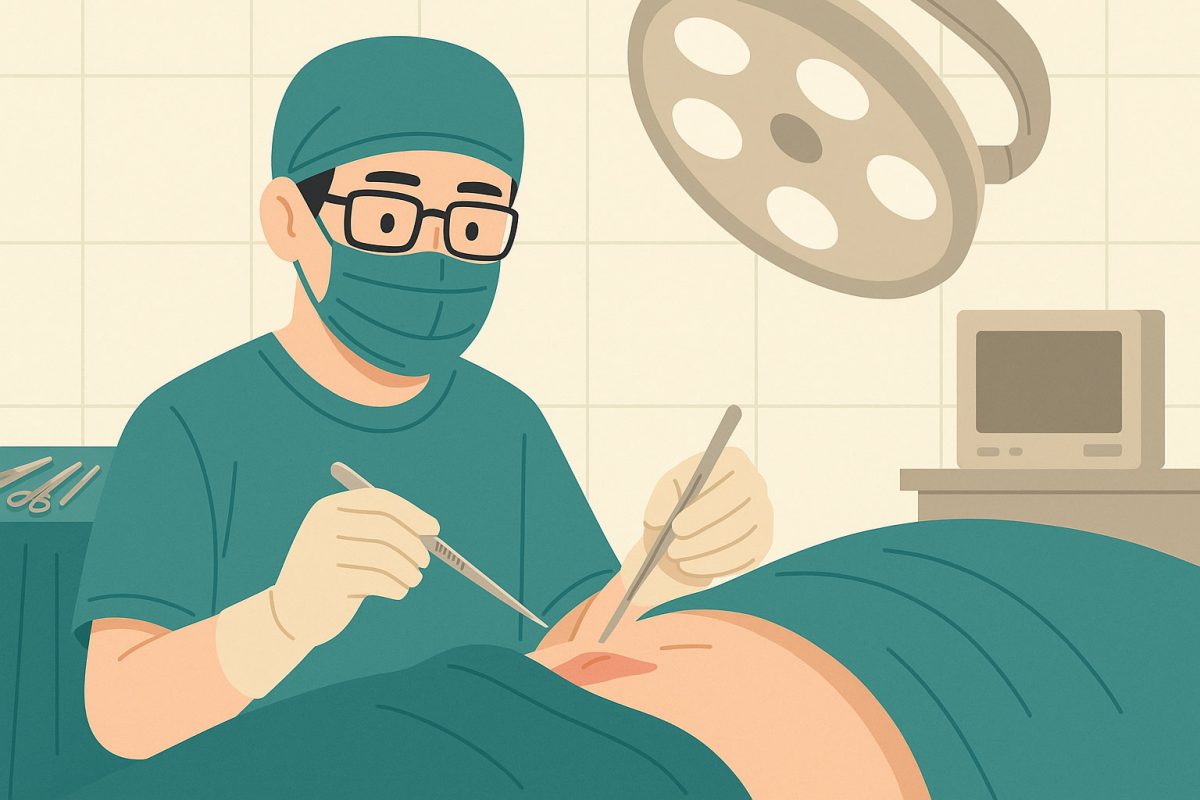Premature ejaculation (PE) is one of the most common yet frustrating male sexual dysfunctions. It’s not just a physical issue—it often involves psychological factors, relationship dynamics, and overall health.
As a board-certified urologist, I’m here to walk you through the treatment options for PE, including behavioral techniques, medication, and surgical procedures—and how to choose the right approach tailored to your situation.

What Is Premature Ejaculation?
Premature ejaculation refers to the inability to delay ejaculation during sexual activity, often occurring too quickly and making it difficult for both partners to enjoy a satisfying experience.
If this happens frequently and affects your confidence or relationship, it’s recommended to seek medical help as early as possible.
Treatment Options for Premature Ejaculation
PE treatment generally falls into two main categories:1.Non-surgical (conservative) treatments 2.Surgical treatments (for specific anatomical or refractory cases)
Each individual’s condition is different, so the treatment plan should be personalized based on physical constitution, psychological stress, and sexual activity.

Conservative Treatment Methods
| Method | Description |
|---|---|
| Method Description Behavioral Therapy | Squeeze Technique: The partner squeezes the base of the penis when ejaculation feels imminent to reduce stimulation. Stop-Start Technique: Pause all stimulation when nearing climax, resume after arousal subsides. Pre-intercourse Masturbation: Masturbate 1–2 hours before sex to reduce sensitivity during the next activity. |
| Psychotherapy / Counseling | Work with a therapist or sexual health expert to address performance anxiety, stress, and improve sexual communication with a partner. |
| Pelvic Floor Exercises | Kegel exercises strengthen pelvic floor muscles, helping prolong ejaculation control and enhance performance. |
| Use of Condoms | Thicker or desensitizing condoms can reduce sensitivity and help delay ejaculation naturally. |
| Medication | Oral medications such as SSRIs (e.g., dapoxetine) or PDE5 inhibitors (e.g., Viagra, Cialis), as well as topical anesthetics like lidocaine. |

Low-Intensity Extracorporeal Shockwave Therapy (Li-ESWT)
For men with chronic prostatitis or chronic pelvic pain syndrome (CP/CPPS) who experience PE,
low-intensity shockwave therapy can help improve local blood flow, reduce nerve hypersensitivity, and enhance ejaculatory control.
It’s a non-invasive and safe option worth considering.

Surgical Treatments (for anatomical issues or persistent PE)
| Surgical Option | Description |
|---|---|
| Selective Dorsal Nerve Neurectomy | Reduces penile sensitivity by interrupting excessive dorsal nerves, delaying ejaculation. |
| Frenulum Resection Surgery | Frenulum breve (short frenulum) may be associated with PE; resection can improve control. |
| Circumcision | Exposes the glans permanently, gradually reducing sensitivity. |
| Varicocelectomy | Improves sperm quality, testosterone production, and may alleviate PE symptoms. |
| Glans Augmentation | Involves hyaluronic acid or dermal filler injections to reduce sensitivity and slightly enlarge the glans. |
Conclusion: PE Is Treatable
The good news is—premature ejaculation is highly treatable.
With proper diagnosis and a personalized treatment plan, most men can regain confidence and enjoy a fulfilling sex life.
I’m Dr. Cheng-Hsing Hsieh, a board-certified urologist. At our clinic, we provide comprehensive evaluation and individualized treatment for each patient to address their specific needs and improve quality of life.

